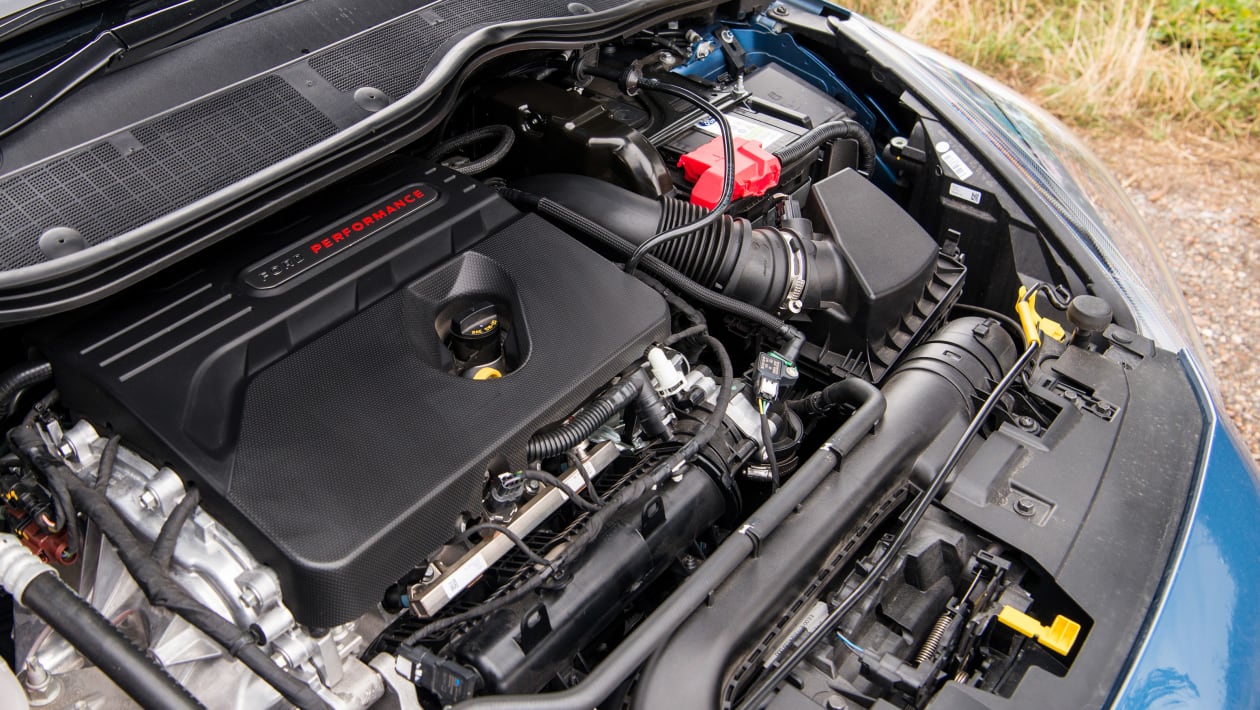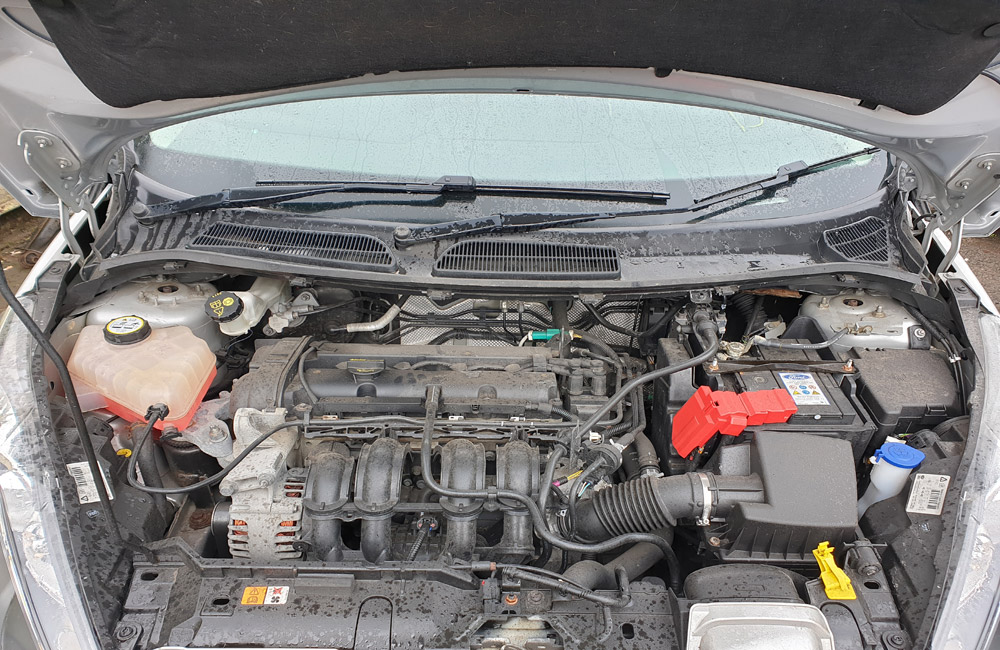Discover the Latest Ford Fiesta Engine Upgrades for Enhanced Power
Discover the Latest Ford Fiesta Engine Upgrades for Enhanced Power
Blog Article
Exploring the Development of Engines: From Classic Designs to Modern Marvels
The development of engine innovation stands for a significant story in the history of advancement, noted by pivotal improvements that have consistently redefined transportation and sector. From the initial heavy steam engines that powered the Industrial Change to the introduction of interior combustion engines that transformed wheelchair, each stage has added to greater performance and capacity. Currently, the transition to electric power symbolizes not just a technological change however also a wider dedication to environmental sustainability. As we examine these milestones, one must think about exactly how the future of engine design may unfold, challenging our perceptions of power and effectiveness.
The Birth of Engine Modern Technology
The development of engine innovation noted a zero hour in human development, changing energy conversion and transportation. The earliest engines emerged from the requirement to harness mechanical power for useful use, resulting in the growth of tools that converted various power types into activity. The principle of the engine can be traced back to old civilizations, where basic equipments, such as the waterwheel and windmill, utilized natural forces to carry out work. Nevertheless, it was throughout the late 17th and very early 18th centuries that substantial advancements began to materialize.
The development of the interior combustion engine and the creation of the heavy steam engine militarized an extensive shift in industrial capabilities. These engines not just improved efficiency yet additionally increased the range of human wheelchair, making it possible for unprecedented transport opportunities. The very early models prepared for the mechanized world, helping with the increase of industries and improving societal frameworks.
As engine styles evolved, they progressed and incorporated innovative materials engineering principles, leading the way for modern-day developments - ford fiesta engine. The birth of engine innovation stired up an unrelenting quest of effectiveness and power, setting the phase for the dynamic development of transportation and commercial equipment that would certainly comply with
Heavy Steam Engines and Their Influence

The steam engine's influence was especially evident in the transport sector (ford fiesta engine). Steam-powered engines promoted the quick motion of items and individuals throughout substantial distances, effectively reducing the geographical barriers that had formerly hindered trade and communication. Similarly, steamships reinvented marine traveling, enabling for quicker and much more trustworthy crossings of oceans and rivers.
In market, vapor engines powered manufacturing facilities, making it possible for mass manufacturing and the rise of metropolitan centers as hubs of economic activity. Heavy steam modern technology fostered developments in design and manufacturing processes, laying the groundwork for future advancements in engine layout.
The Increase of Interior Combustion
Frequently overshadowing steam power, the increase of internal combustion engines noted a transformative change in transport and industry throughout the late 19th and very early 20th centuries. The growth of these engines, characterized by their capacity to shed fuel within the engine itself, enabled higher effectiveness and power compared to traditional vapor engines. Introducing innovators such as Nikolaus Otto and Rudolf Diesel played important functions in refining engine styles, resulting in widespread fostering in vehicles, boats, and industrial equipment.
The interior burning engine's compact dimension and fairly lightweight nature promoted the appearance of individual cars, transforming individual flexibility and reshaping metropolitan landscapes. By making it possible for faster traveling and the effective transport of goods, these engines catalyzed financial growth and fostered globalization. The versatility of fuel options, consisting of fuel and diesel, better improved their appeal, enabling for diverse applications throughout different industries.
Regardless of the environmental issues that would certainly later emerge, the preliminary allure of inner combustion technology lay in its transformative potential. As culture welcomed this technology, the foundation was check my blog laid for modern transportation systems, developing internal burning engines as a cornerstone of industrial innovation and life throughout the 20th century.
Improvements in Engine Efficiency
As internal burning engines became indispensable to transportation and sector, the focus changed in the direction of boosting their efficiency to meet expanding demands for efficiency and sustainability. Developments in engine style, product science, and innovation have actually considerably added to this development.
One significant advancement is the development of turbocharging, which permits for enhanced air consumption, leading to more full fuel combustion and boosted power output without increasing the size of engine size. In addition, variable shutoff timing systems have been carried out to enhance engine performance across numerous RPM varieties, therefore boosting fuel efficiency.
The use of innovative gas shot technologies, such as straight shot, has additionally played a crucial function. This method permits for even more specific control over the fuel-air combination, promoting much better combustion and lowering exhausts. Lightweight products, consisting of aluminum and home composite components, have been adopted to lower overall engine weight, leading to improved performance.
These developments mirror a more comprehensive fad within the automotive industry, where the harmony between engineering technology and ecological factors to consider drives the ongoing mission for higher performance in internal burning engines. Consequently, contemporary engines are now extra powerful, cleaner, and efficient than ever in the past, paving the means for a much more lasting future in transport.
The Change to Electric Power
With expanding worries over ecological impact and nonrenewable fuel source dependence, the automobile industry is experiencing a considerable change towards electrical power. This transition is their explanation driven by a combination of technical advancements, governing pressures, and altering consumer preferences. Electric lorries (EVs) supply an engaging alternative to standard internal burning engines, flaunting lowered greenhouse gas emissions and lower operating expense.
The increase of battery technology has been a video game changer, with lithium-ion batteries becoming a lot more cost-effective and efficient. Enhanced power thickness and faster billing abilities have made EVs more practical for day-to-day use. Governments worldwide are executing rewards and setting ambitious targets for phasing out fossil fuel cars, therefore speeding up the adoption of electrical power.
Major car manufacturers are investing heavily in study and advancement, bring about the introduction of a varied series of electric designs. This consists of not just auto yet additionally commercial vehicles and public transport options. As billing facilities expands and battery technology continues to boost, the change to electrical power is poised to reshape the vehicle landscape, promoting sustainability and innovation in the years to find. The future of transportation is electric, and the momentum is indisputable.
Conclusion
The evolution of engine modern technology stands for a substantial trajectory of technology that has actually exceptionally influenced transportation and industry. From the foundational vapor engines to the transformative interior burning engines, each development has actually added to improved mobility and financial growth.

Report this page